You are here
Back to topBanana Safety Net: Australian GM Fruit Claimed To Resist Panama Disease
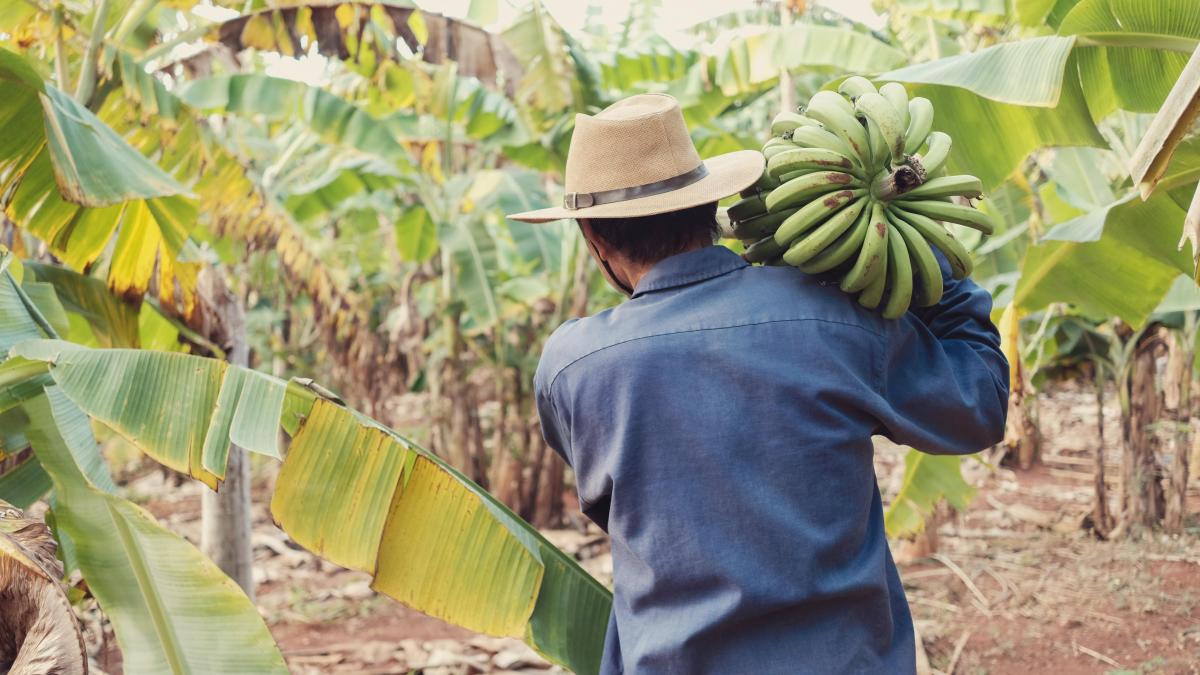
Scientists from Australia’s Queensland University of Technology have submitted the results of their research — a genetically modified Cavendish banana — to regulators for approval, claiming that the fruit could serve as a safety net for the industry, which is suffering from the continued spread of the destructive Panama disease fungus, also known as Fusarium wilt.
The banana variety, known as QCAV-4, has been genetically modified to be resistant to Panama disease tropical race 4, which currently poses a grave threat to the global banana supply. The TR4 strain has had a severe impact on production throughout Southeast Asia, causing the Philippines, one of the world’s leading banana exporters, to slip from second to third place in last year’s global export rankings.
If authorized by regulators, QCAV-4 would become the first genetically modified fruit permitted for cultivation and consumption in Australia, as well as the world’s first approved genetically modified banana variety. However, even if the fruit is given a green light, the research team does not plan to immediately release it for commercial production or consumption. According to professor James Dale, who led the research on QCAV-4, the variety provides a potential remedy for growers in the event that Panama disease wipes out the Australian banana sector.
Cavendish bananas gained popularity after plantations of the previously dominant variety, Gros Michel, were ravaged by the Panama TR1 outbreak in the 1950s, and they now account for approximately half of commercial banana production globally. The TR4 strain, which emerged in Taiwan in the 1990s and quickly spread to China, Indonesia, Malaysia, the Philippines and even northern Australia, is now threatening the Cavendish cultivar, which was previously thought to be resistant to Fusarium wilt. The TR4 strain was also detected in Colombia in 2019, Peru in 2021 and Venezuela in 2023, raising fears about the potential eradication of much of the world’s banana crop, given that Latin America and the Caribbean dominate the global supply. In 2022, approximately 77% of the world’s banana exports originated from Latin America and the Caribbean, followed by 20% from Asia and the remainder from Africa.
QCAV-4 was engineered over 20 years of research by introducing a resistance gene from a wild banana that is immune to TR4 into the Cavendish. “We did a much, much bigger field trial that we planted in 2018, and that’s still going,” Dale said. After four years of trials, the QCAV-4 variety had a 2% infection rate, compared with rates of 95% and 75% in two lots of regular Cavendish plants. “If the disease gets going [in Australia] like it has in the Philippines … we’ve got this banana in the back pocket and we’ll be able to pull it out,” he noted.
In the opinion of Australia’s Office of the Gene Technology Regulator, the recent achievement represents a significant milestone; nonetheless, there are still many steps to be taken. A spokesperson for the regulator stated that “the gene technology regulator will carefully examine any risks to people and the environment posed by the commercial cultivation of the GM banana plants,” adding that a permit to grow GM bananas would only be granted if there is assurance that any risks that arise can be managed effectively. In addition to two stakeholder consultation sessions, there will also be a public consultation, which is scheduled to take place in August.
The approval of genetically modified bananas is subject to fruit and environmental safety assessments conducted by the authorities. Another question is whether the approved fruit will gain the trust of consumers. Previously, when Dale’s trials were underway, industry insiders offered a variety of opinions. Some voiced concern that genetically modified bananas would not be accepted on the market. Opponents of genetically modified fruit also urged seeking out traditionally bred alternatives, including cultivars other than Cavendish, some of which are regarded to be even more nutritious and taste better.
Image: iStock



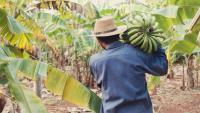

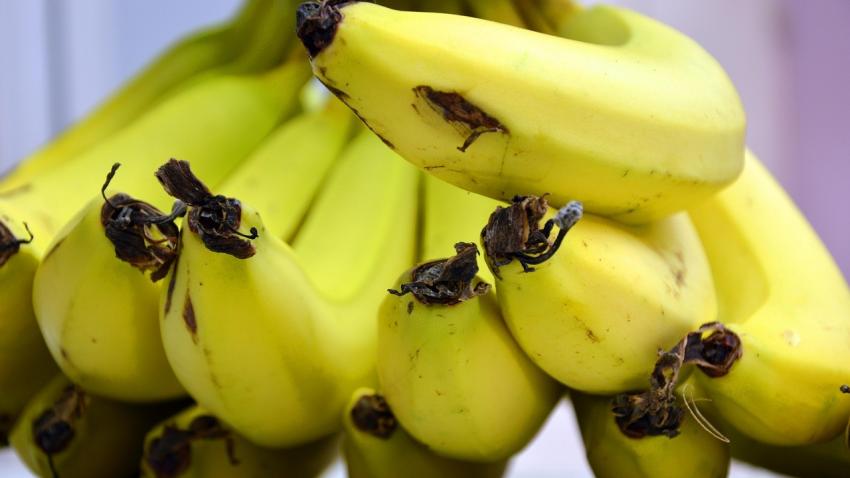
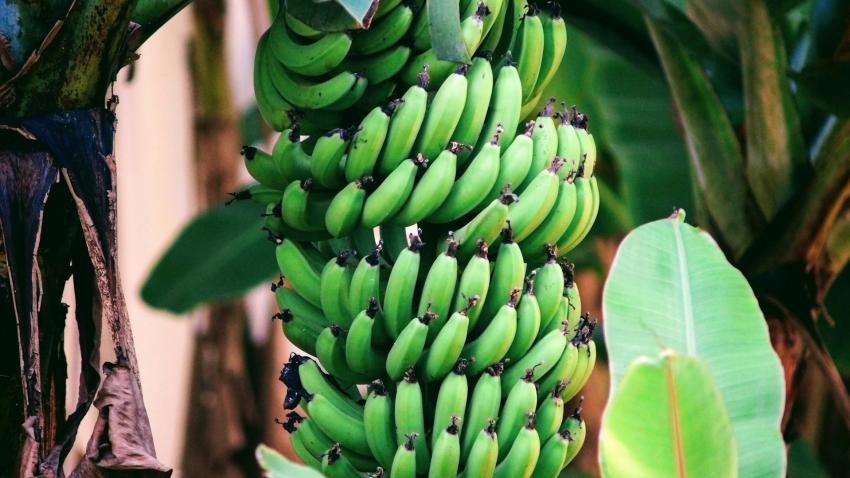
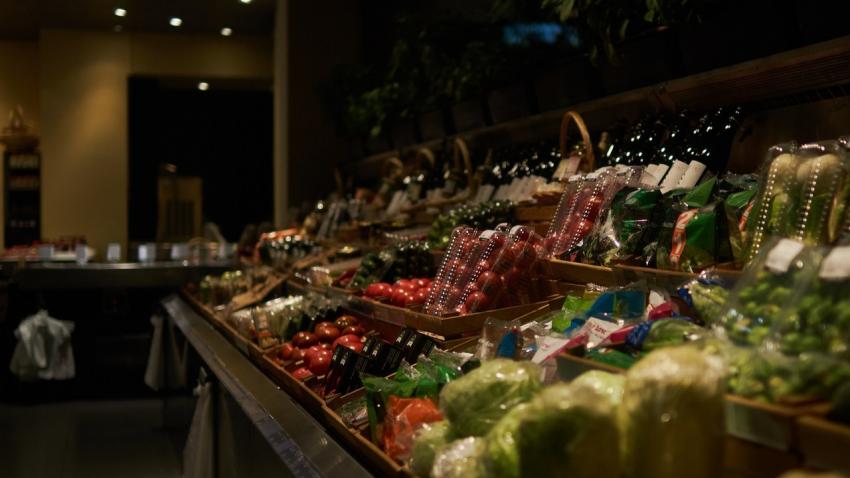







Add new comment